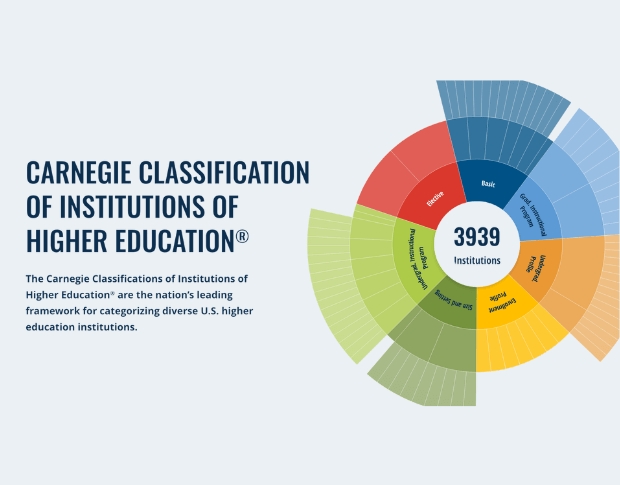In the world of education reform, policy is often looked to as an effective method to generate change. While clearly a potentially powerful tool, “policy-making is like going into surgery with a sword instead of a scalpel,” said Michael Cohen of Achieve at Carnegie’s most recent convening, Using Evidence to Advance Teaching: The Promise of Improvement Science in Networks.
The purpose of this convening was twofold: to examine the process of quality improvement through the real-life case study and to discuss the role of policy in furthering the science of improvement. The case study focused on Carnegie’s three year partnership with a network of schools including the Austin (TX) Independent School District (AISD) that addressed issues of beginning teacher efficacy and retention by using improvement science.
The question is how to create a supportive policy environment for the work of improvement science.
This collaboration with the AISD has highlighted how change and improvement can start with one principal and expand across a substantial network. Since the results are compelling and enthusiasm is growing for this work, there is a push to scale this type of improvement quickly, with some suggesting policy as a means of doing so. The question of how to create a supportive policy environment—one that both promotes policies to initiate and sustain improvement science work and eliminates policies that impede it—was the focus of the convening’s closing panel “Policy Implications: Discussion of the Consequences of Improvement Science for Policymakers.” Experienced policymakers and political advisors Brad Jupp, Senior Program Advisor at the US Department of Education, Bethany Little of the consulting firm Education Counsel, and Michael Cohen, president of the nonprofit organization Achieve responded to questions from Tom Toch of the Carnegie Foundation, as well as from the audience.
The panelists began by explaining their perceptions of what policy-making is and can do. Jupp listed three main activities in which policy engages: setting external aspirations; allocating resources in order to achieve those aspirations; and providing guidance on what localities can and cannot do as they attempt to reach those aspirations. A persistent concern for the limits of policy was an idea that was often woven into the comments of the panelists throughout the session. All three were cautious about how far policymakers should go in terms of furthering improvement science.
Jupp said that “the worst idea would be [for policy] to require” schools, districts, or states to use improvement science.
But all of the panelists suggested that the time is right for policymakers to talk about improvement science. The US education system has shifted in recent years from a focus on minimum standards to more ambitious goals, including high expectations for college and career readiness. To reach these goals, policy needs to change from what Little referred to as the “command and control” mindset to one that allows for learning and best practices to be shared between states, districts, and practitioners. The potential to increase the sharing and development of local knowledge is why there is growing interest in supporting improvement science.
There are significant challenges that stand in the way of such a change, chief among them the inherent instability of leadership in the realm of policy. As Little noted, “policy is driven by politics,” and politicians experience constant turnover. This unpredictability is incompatible with the work of improvement science, which requires sustained commitment and attention over time. Improvement science is also inherently risky, in the sense that one can expect that a number of change efforts will fail or not work perfectly until an iterative process of learning yields consistent, positive results. This too can spook politicians, who rely on quick wins and the promise of silver bullets for continued public support. And yet, if one agrees that real innovation requires some failure, then this risk is a necessary aspect of true innovation.
Cohen’s response to these challenges was to encourage policymakers to focus on building leaders on the ground who can make improvement work happen in a sustained way. Little suggested that, since policymakers have the power to direct resources, they should invest in what works—in her view, improvement science. And Jupp focused his recommendations on building an “ethic of improvement” among policymakers. Policymakers not only need to learn about what works from practitioners, but they need to learn how to learn from practitioners—a process that can be informed by the sharing strategies utilized by networked improvement communities, intentionally structured groups of individuals working together on a shared problem.
Overall, the panelists agreed that improvement science has the potential to dramatically change how schools improve to reach their desired outcomes. Despite the barriers that currently exist in using policy to advance the field, all three participants recognize that the time is right for policy action to support districts and schools in their efforts to implement improvement science.
September 11, 2014
Carnegie Fellow Jim Stigler highlights how if teachers create recurring and sustained exposure to three key learning opportunities (productive struggle, explicit connections, and deliberate practice), students can become flexible experts.
October 23, 2014
There seems to be an aversion to the idea of standardization in education. But standardization can allow teachers to have the time and freedom to meet individual needs when those needs vary from the majority.







